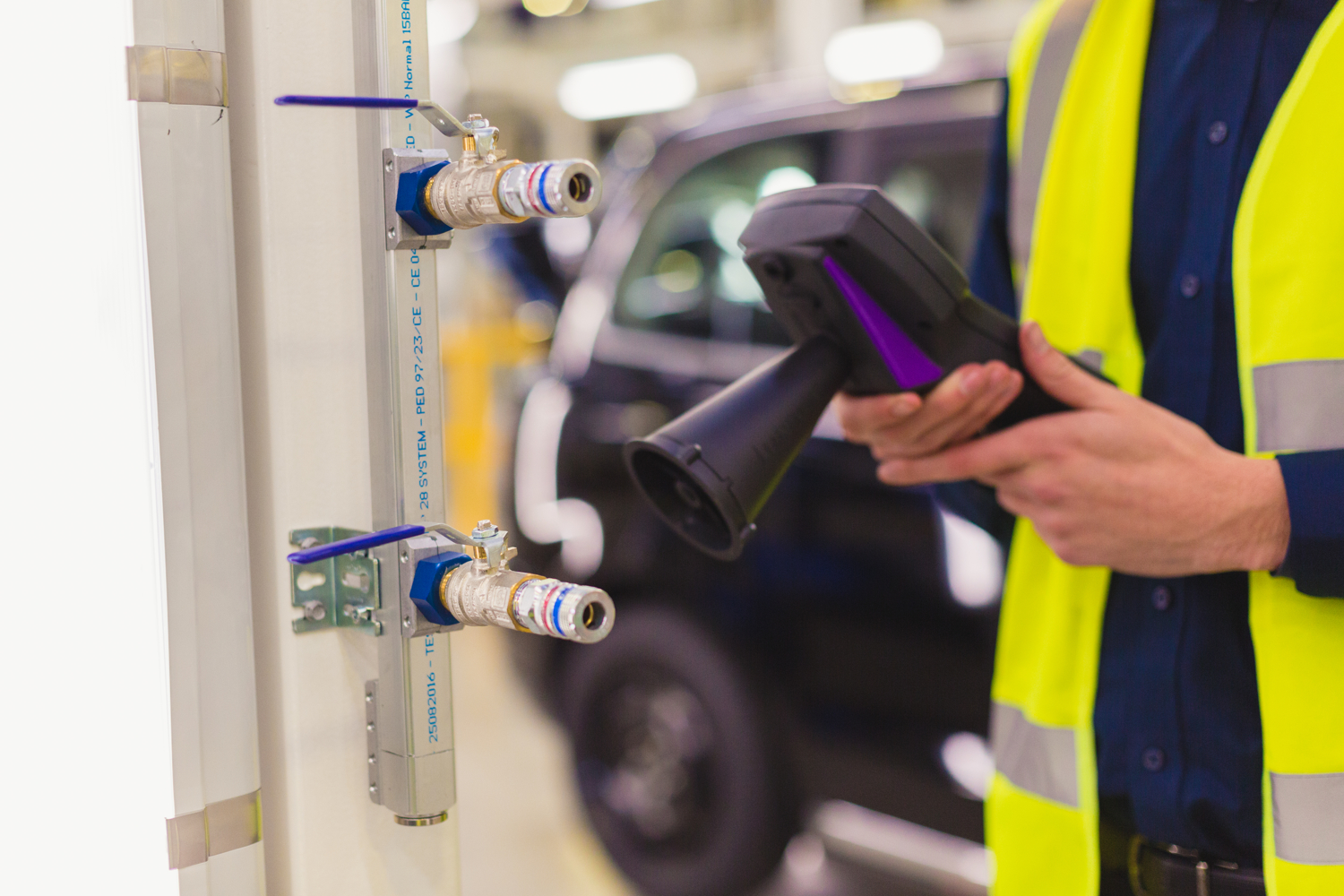Direct Air & Pipework Ltd
Compressed air is often known as the fourth utility because it powers so many industrial processes. Yet, unlike other utilities, it’s inefficiencies often go unnoticed. On average, 20–40% of generated compressed air is lost through leaks, leading to a significant drain on energy, system productivity.
Why identifying leaks is so important
Fixing leaks is important to energy saving and maximising your compressed air system. But you might be asking this simple yet very important question: ‘how do I even know if I’ve got a leak?’
Compressed air can sneak out of your system from many places and here are the most common problem areas:
- Valves which don’t close completely
- Couplings, hose, tubes & fittings
- Point of use devices
- Pipe joints
And while it may not sound like much, escaping air can add up – costing you money!
Preventing leaks in your compressed air system
There are a few tell-tale signs to look out for which may identify that you’ve got an air leak:
- Listen for leaking air
- Use a soapy solution
- Pressure losses
- Losing air during downtime
Even when the production plant is quiet, there can still be issues with detecting leaks.
So, you think you’ve got a problem, what next?
Leak detection surveys can pinpoint exact leaks in compressed air systems, even during noisy production periods. It will produce a report outlying all leaks in order for them to be repaired.
The ultrasonic leak detectors remove the need for guesswork, improving the efficiency of your system!
Remember that over time new leaks will develop, and small ones will worsen. Leak detection surveys should be repeated regularly to maintain low leakage levels.
Spot it. Tag it. Fix it.

